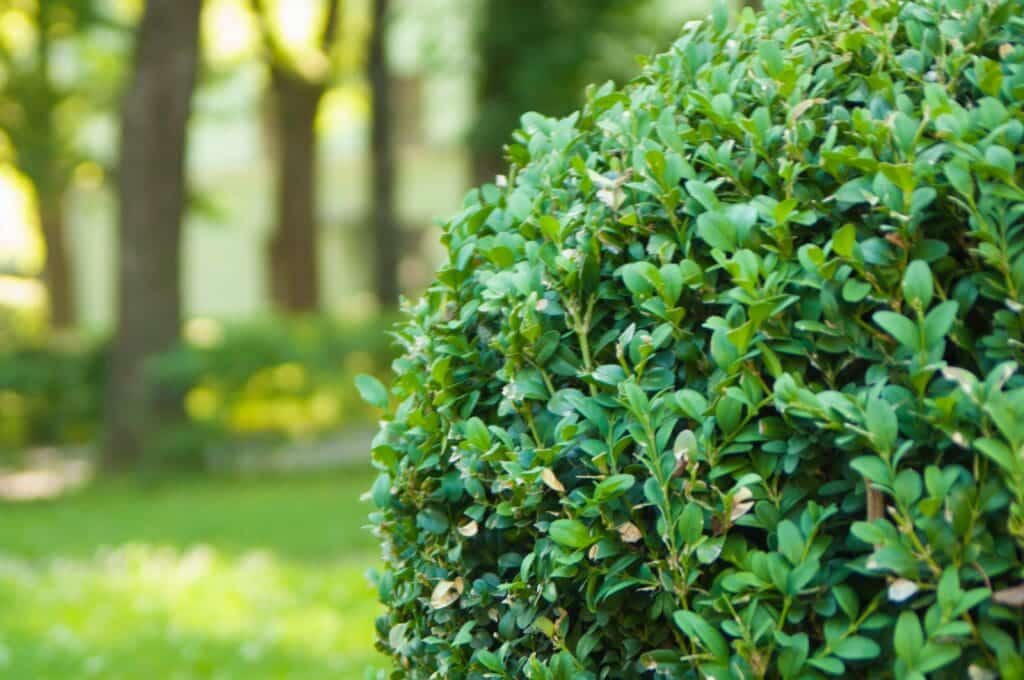As stewards of vibrant school communities, facility managers and school heads understand the vital role that sports fields play in the overall well-being of students. However, as temperatures soar above 30 degrees Celsius, the once lush green pitches can become battlegrounds for survival, affecting not only the quality of play but also the safety of athletes. In this article, we’ll explore the profound effects of extreme heat on sports fields and offer insights into mitigation strategies for maintaining optimal playing conditions.
- Drought Stress and Turf Damage: Extreme heat exacerbates drought stress on sports fields, leading to wilting, browning, and even death of turfgrass. Without sufficient moisture, grass roots struggle to absorb nutrients and anchor the soil, making the surface prone to divots and unevenness. As a result, athletes face increased risks of tripping and injuries, jeopardizing their safety and performance.
- Compacted Soil and Poor Drainage: High temperatures amplify soil compaction, hindering water infiltration and air circulation essential for healthy turf growth. Compacted soil not only impedes root development but also exacerbates surface runoff, leading to waterlogged patches and muddy conditions during sporadic rainfall. Consequently, sports fields become less resilient to foot traffic and prone to waterlogging, causing disruptions to scheduled games and practices.
- Decreased Playability and Performance: Beyond the physical deterioration of turfgrass, extreme heat directly impacts playability and athletic performance. Hard, dry surfaces increase ball bounce and speed, altering the dynamics of sports such as soccer and field hockey. Additionally, heat stress diminishes player endurance and recovery rates, heightening the risk of heat-related illnesses like heat exhaustion and heatstroke. Such conditions not only compromise the quality of sporting events but also raise concerns regarding player safety and well-being.
- Mitigation Strategies: Despite the challenges posed by extreme heat, proactive measures can help mitigate its adverse effects on sports fields:
- Hydration Management: Implementing strategic irrigation schedules and investing in efficient watering systems can maintain soil moisture levels and promote turf resilience. Monitoring soil moisture levels using moisture sensors and adjusting irrigation schedules accordingly helps prevent both drought stress and waterlogging.
- Aeration and Soil Modification: Regular aerification practices alleviate soil compaction and enhance drainage, fostering healthy root growth and reducing the likelihood of surface water accumulation. Incorporating organic matter into the soil improves its structure and water-holding capacity, enhancing turf health and resilience.
- Shade Provision: Installing shade structures or planting trees around sports fields can mitigate heat stress on turfgrass and provide refuge for athletes and spectators alike. Strategic placement of shade structures along sidelines and seating areas helps create comfortable zones for rest and hydration during breaks in play.
- Heat-Tolerant Turf Varieties: Selecting heat-tolerant turfgrass species and cultivars adapted to local climatic conditions enhances the resilience of sports fields to extreme heat. Warm-season grasses such as Bermuda grass and Zoysia grass exhibit better heat tolerance and recovery compared to cool-season grasses like Kentucky bluegrass and perennial ryegrass.
- Routine Maintenance and Monitoring: Conducting regular inspections and maintenance tasks, including mowing, fertilization, and pest control, ensures the overall health and vitality of sports fields. Monitoring weather forecasts and adjusting maintenance practices accordingly helps anticipate and mitigate the effects of extreme heat events on turfgrass.
- Player Education and Heat Safety Protocols: Educating coaches, staff, and athletes on heat safety protocols, including frequent hydration breaks and modified training schedules, is crucial for preventing heat-related injuries and illnesses. Emphasizing the importance of proper hydration, adequate rest, and acclimatization prepares athletes to perform optimally in hot weather conditions while minimizing the risk of heat-related health issues.
By implementing these preventive measures and adopting a proactive approach to sports field maintenance, facility managers and school heads can effectively mitigate the effects of extreme heat on turfgrass quality and player safety. Together, let’s create a conducive environment for athletic excellence and enjoyment, even amidst the challenges of summer heat.
In conclusion, extreme heat poses multifaceted challenges to the upkeep and usability of sports fields in school facilities. By adopting proactive maintenance strategies and prioritizing player safety, facility managers and school heads can ensure that sports fields remain resilient, vibrant, and conducive to athletic excellence even amidst the sweltering heat of summer. Together, let’s champion the well-being of our student athletes and uphold the integrity of our sporting traditions.
